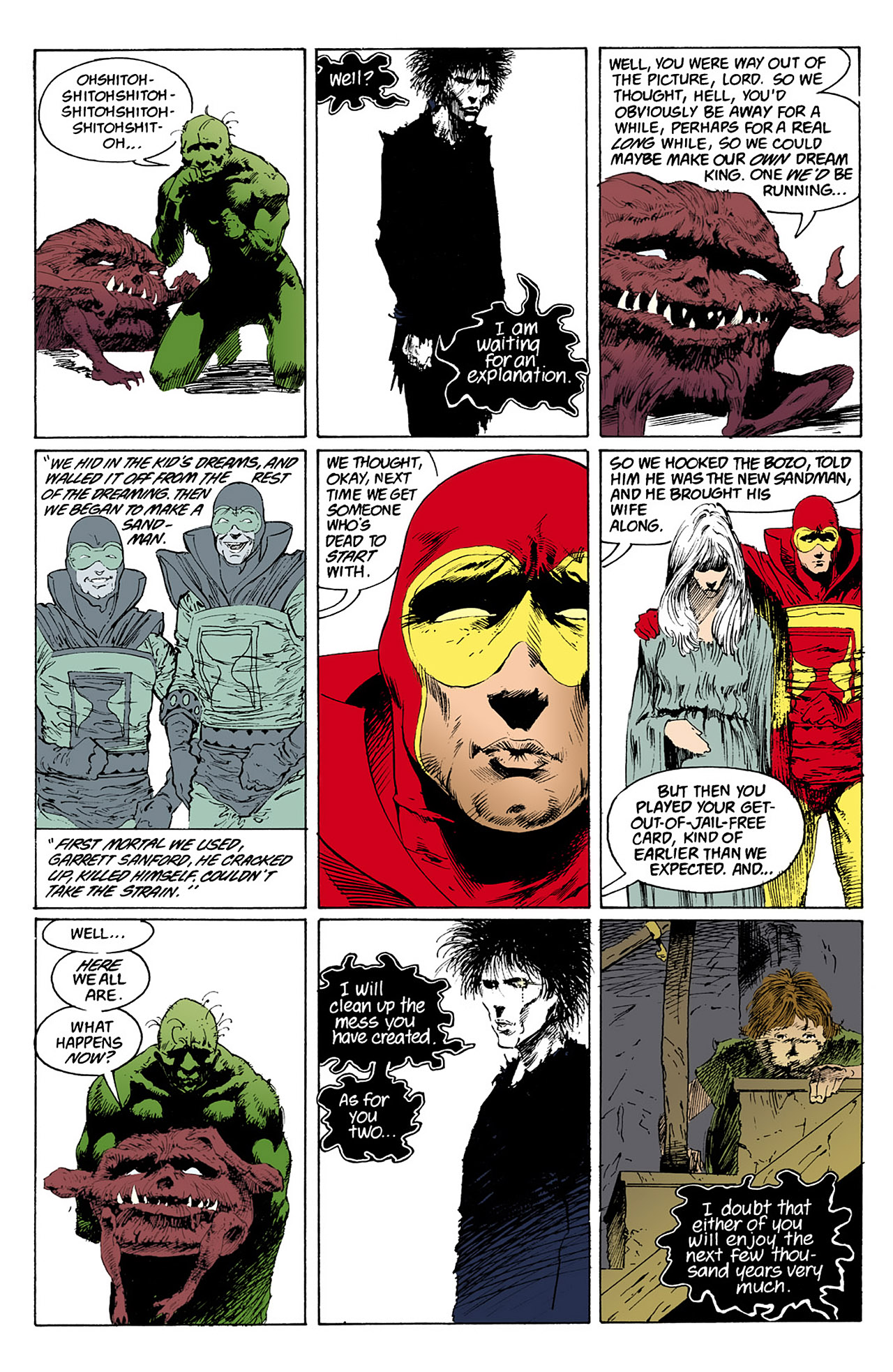

The show was named "Jon Blund" in Norway, "John Blund" in Sweden and "Nukkumatti" in Finland. The East German show was shown in many countries, including western countries like Finland, Sweden, Denmark and Norway. The Sandman often visited other countries, and this fact was frequently emphasised by the use of traditional instrumentation and harmony added to the score. The score and overall design of the show was remarkably elaborate for a children's television production. Ich wünsch' euch gute Nacht."Ĭhildren, dear children, that was fun. Nun schnell ins Bett und schlaft recht schön.

"Kinder, liebe Kinder, das hat mir Spaß gemacht. Sandman, dear Sandman, don't be in such a rush! Everyone, young and old, listens to the "Evening Greeting" every night. "Sandmann, lieber Sandmann, hab nur nicht solche Eil! Dem Abendgruß vom Fernsehfunk lauscht jeden Abend alt und jung, sei unser Gast derweil." There was a second verse which was dropped after the German reunification because it mentions the East German Fernsehfunk which no longer existed: Sandman, dear Sandman, it's not yet time! First we'll watch the "Evening Greeting" before every child must go to bed. "Sandmann, lieber Sandmann, es ist noch nicht so weit! Wir sehen erst den Abendgruß, ehe jedes Kind ins Bettchen muß, du hast gewiß noch Zeit." Opening verse (on the Sandman's arrival): It was sung by the Rundfunk-Kinderchor Berlin. Wolfgang Richter composed the theme to the East German programme in just three hours one evening.

Gerhard Behrendt in 1979 with one of his Sandmännchen. The East German version was ultimately more popular, and repeats of episodes are still broadcast today.Ī full-length feature film, The Sandman and the Lost Sand of Dreams (German: Das Sandmännchen – Abenteuer im Traumland, literally "The Little Sandman – Adventure in Dreamland"), was released in 2010. The production of the West German version of Sandmännchen ceased in 1991, following the unification of Germany. It was very popular with GDR citizens to the point that after the wall fell, former citizens lamented the appropriation of the beloved cartoon by corporate West German television. The character often showcased socialist technological achievements, such as the use of awe-inspiring vehicles like futuristic cars and flying devices. However, on 22 November 1959 (only three weeks after the production had started), East German television Deutscher Fernsehfunk (DFF) began broadcasting its own Unser Sandmännchen, complete with its own "good night, children" character, also called Sandmännchen.Ĭreated by the puppetmaster and director Gerhard Behrendt, the East German show represented everyday life, travel, and fantastic adventures. The Little Sandman himself first appeared on screen in West Berlin in Sandmännchens Gruß für Kinder ( Sandmännchen's Greeting to Children) on 1 December 1959, and other episodes were soon made.
#Sandman read comics online tv
The original idea came from Ilse Obrig of West Berlin TV and radio station Sender Freies Berlin (SFB), who, with the help of author Johanna Schüppel, developed a working version in 1958. The West German version of Sandmännchen did not last as long as the East German version that today's German children know as the only one.


 0 kommentar(er)
0 kommentar(er)
